Never having studied the Korean War in school (The Vietnam War got the press), I was only marginally informed about the Demilitarized Zone and the history of the two countries.
After my visit, I learned that issues today in that part of the world are often easily ignored for simpler and mindless clickable stories, such as the divorce of Jaylo and Ben Affleck and what really works on toenail fungus.
We had spent a weekend in August with our son, who was based at a camp near Pyeongtaek, South Korea. He was required to be back on base, so my husband and I signed up for a tour of the DMZ.
The tour originated in Seoul about 30 miles from the North-South border, and we were warned it could be cancelled at the last minute because of political instability and the possibility of conflict.
What? Today in 2024?
Our tour group, which included us, two Americans, also had two Brazilians, two Canadians, two Italians and a French woman. Our guide was a 30-year-old that had served in the South Korea air force. He patiently led us through the geography and dynamics of that area.
The 155-mile-long, 2.5-mile-wide DMZ is the world’s most heavily-armed border.
The Korean peninsula borders China and Russia. China is North Korea’s largest economic partner. As we traveled toward the DMZ, high-rises were fewer, and mountains filled with trees and greenery became dominant.
The long-time unification attempt between North and South Korea is once again on hold as Russian Prime minister Vladimir Putin gave North Korean leader Kim Jong-un two Aurus cars. In June, the two countries declared themselves as allies because Russia needs large quantities of munitions for Ukraine, which would be supplied by North Korea.
I wondered if President Biden had visited and offered three cars to Kim Jong Un, would that have persuaded him not to give arms to Putin? (Okay, so I’ll never be an international negotiator.)
Military service in South Korea is mandatory for men and lasts about two years.
By contrast compulsory military service in North Korea varies from 5-13 years; reportedly up to 10 years (7 for women) for those serving in combat units and 13 years (7 for women).
No individual automobile trips are allowed to the DMZ. According to the guide, passports are now required, ever since South Korean-based US Army soldier Travis King ran away to North Korea.
King had been in a South Korean prison for assault charges and possible child pornography charges. He was under military escort to board a plane at Incheon. But he did not board, left the airport and joined a group going to the Demilitarized Zone. At Panmunjeom or the Joint Security Area (JSA), which is inside the DMZ, he bolted across the border.
Now, tourists are not allowed at the JSA, where the armistice was signed. On this day we were also not allowed near the speakers that broadcast the propaganda from South to North Korea because of retaliation concerns.

Tourists were not allowed to visit the hill, where the speakers were located because of rising tensions.
The 1950 war started when North Korea backed by China and Russia invaded South Korea. The United Nations approved an offensive by UN forces and combined forces prevented North Korea from imposing communist rule on South.
The country was divided in half at the 38th parallel, communism to the north, capitalism to the south. The DMZ is still patrolled, there are barbed wire fences.
Our first stop was the Gloucester Hill Battle Monument 파주 영국군 설마리전투비. The memorial stands at the foot of Gloucester Hill, the initial location of the Gloucestershire Regiment’s headquarters during the battle at Imjin River (April 21 to 25, 1951). The 29th Brigade of the British Army despite being outnumbered held the line and disrupted the North Korean offensive, preventing an advance to Seoul.
According to Lee In-jae, the mayor of Paju who raised money among local citizens to expand the park which was unveiled in 2014, “Freedom is not free – it is earned with blood.”
We drove by Dorasan Station, a modern rail station, which appeared to be closed. Our guide said it was built so that at some point in the future, Koreans could leave Seoul, travel to North Korea’s Phyongyang and then travel to Europe by Trans-Eurasia Railway. He said that immigration and custom offices had been installed, for the day when a rail service, could cross Asia and then Europe arriving in Paris.
Former South Korean President Kim Dae-jung and former U.S. President George W. Bush signed their name on a railroad tie, expressing hope for peaceful unification in February 2022.
Imjingak, our next stop, was built at the South Korea border in 1972 for the benefit of displaced North Koreans. Our guide said there are two major holidays in Korea, New Year’s Day and Chuseok (Korean Thanksgiving). During those holidays, people return to their ancestral home.
Now, since South Koreans cannot travel to North Korea, they visit this location, the Mangbaedan, to perform ancestral rites. Our guide showed photos of several families and especially of the older people who were crying because they could not return to North Korea to visit their hometown.
The Bridge of Freedom, which South Koreans crossed when they came from North Korea after the Armistice Agreement was signed, stands behind Mangbaedan Alter.
Looking out from this location, we could see the demilitarized zone across the river and the Unification Bridge or “Cow bridge,” which we would cross.
At 17, Chung Ju-yung, who later developed Hyundai, left North Korea with 70 won, he took from his father, after a family cow had been sold. In 1988, almost 66 years later, Ju-yung returned to North Korea with a long line of trucks carrying cattle, to pay back his late father a thousand times for his wrongdoing in his youth. (There’s a life-sized plastic cow below the beginning of the bridge.)
After passports were examined by South Korean military (no photos could be taken), our bus was allowed to proceed.
As we went by the countryside, our guide said there are an estimated two million mines inside and near the border that North Korea air dropped. A South Korean detachment goes into the countryside, to try and find and denote the bombs.
We arrived at the third tunnel and the DMZ.
The third tunnel refers to one of the tunnels dug by North Korea southward under the DMZ from 1960s-1980s with plans to conduct a surprise attack, sending troops underground toward Seoul.
The first tunnel was discovered in 1974, the second in 1975, the third tunnel, which visitors are allowed to visit, was discovered on October 17, 1978. A fourth tunnel was discovered in March 1990.
The third tunnel measures 2m wide, 2m high, and is over 1,635m long—large enough to accommodate some 30,000 soldiers per hour.
Kim Bu-seong, a tunnel engineer who defected from the North to the South, reported the third tunnel’s existence. Detection work began on September 5, 1974 and it was discovered south of Panmunjom in 1978. North Korea claimed the tunnels dug in granite were for coal mining, but there was no coal.
The day we visited, neither the elevator nor the tram was working. We were given hard hats and allowed to walk down about seven stories on a sloping walkway, to access the tunnel. All phones and cameras had to be stowed in a locker.
Our Brasilian tour companion, who was close to seven feet tall, had to hunch over for the majority of the walk. Even this editor, that stands at 5’9” had to crouch in several places to avoid hitting her head.
It was blissfully cool underground, especially after enduring the extreme heat and humidity above.
After the obligatory photo in front of the DMZ sign, the bus loaded and we headed back to South Korea—once again displaying passports to soldiers.
The guide showed us a photo of three soldiers, which had greatly displeased the North Korean leader. Because of food shortages in North Korea and inadequate nutrition, the men tend to be shorter than their U.S. and South Korean counterparts.
The World Food Program estimates that 6 million of North Korea’s 25 million people need food aid and one-third of children are chronically malnourished or stunted. Analysis of escapees from North Korea shows that those born after the Korean War in the late 1950s were on average about 2 inches shorter than South Koreans.
No problem for Kim Jong-un. Photoshop.
South Koreans work at Kaeson Industrial Complex in North Korea, which was opened to encourage cooperation and to also allow North Koreans employment.
The guide said that once the South Korean government learned that the North Korea government was taking 70 percent of what workers were making and using it for military expenditures, the employment stopped. “Why should we pay people to build arms that might hurt us?” the guide asked.
North Korea spent about one third of its national income on the military, according to a 2011 report from the South Korean government.
Our final stop was Odusan Unification Tower click here.
There is an observatory overlooks the confluence of the Han and Imjin Rivers. From the building, one can look across the river to North Korea. On the other side of the building one can look at South Korea.

North Korea is across the river and to the left from the Odusan Tower it is a rural area and with the telescopes you can see farmers. Seoul is to the left.
The Imjin River flows into the Han, but the rivers are tidal so when the tide is low one could walk to North Korea. The river is only two kilometers wide, but people have not been allowed to cross it for more than a half century.
There was massive flooding in North Korea’s northern regions in late July. South Korean media reported a possible death toll of up to 1,500 people. Our guide said that many in South Korea had cut the trees from the hillsides to burn for fuel in the winter, which probably did not help the hillsides and flooding.
As of August 8, two North Koreans have successfully defected. Park Won-gon, a professor at Ewha Woman’s University, said a rise in defections suggested the “internal situation is bad in North Korea.”
Annually, South Korea and the United States hold joint military exercises, the Ulchi Freedom Shield, and this year they were set to run from August 19 to 29. North Korea historically brands the exercises as rehearsals for invasion, and often uses them as justification for its continued development of nuclear weapons and missile systems.
Recently, the North has launched thousands of balloons carrying trash, contaminated with fecal matter, across the border. In response, South Korea suspended a military tension-reducing deal and restarted propaganda campaigns along the border.
I asked our guide how he felt about unification between North and South Korea. “A survey was done and only about 40 percent of the younger people want to unify,” he said, noting that that generation doesn’t have the history with the North that the older generation does.
And then, there would be a great cost to South Korea. He said that the West German government had to pour enormous amounts of money into the impoverished East Germany to bring it up to the standards in West Germany, possibly has much as $2 trillion. The same would have to be done for North Korea.click here.


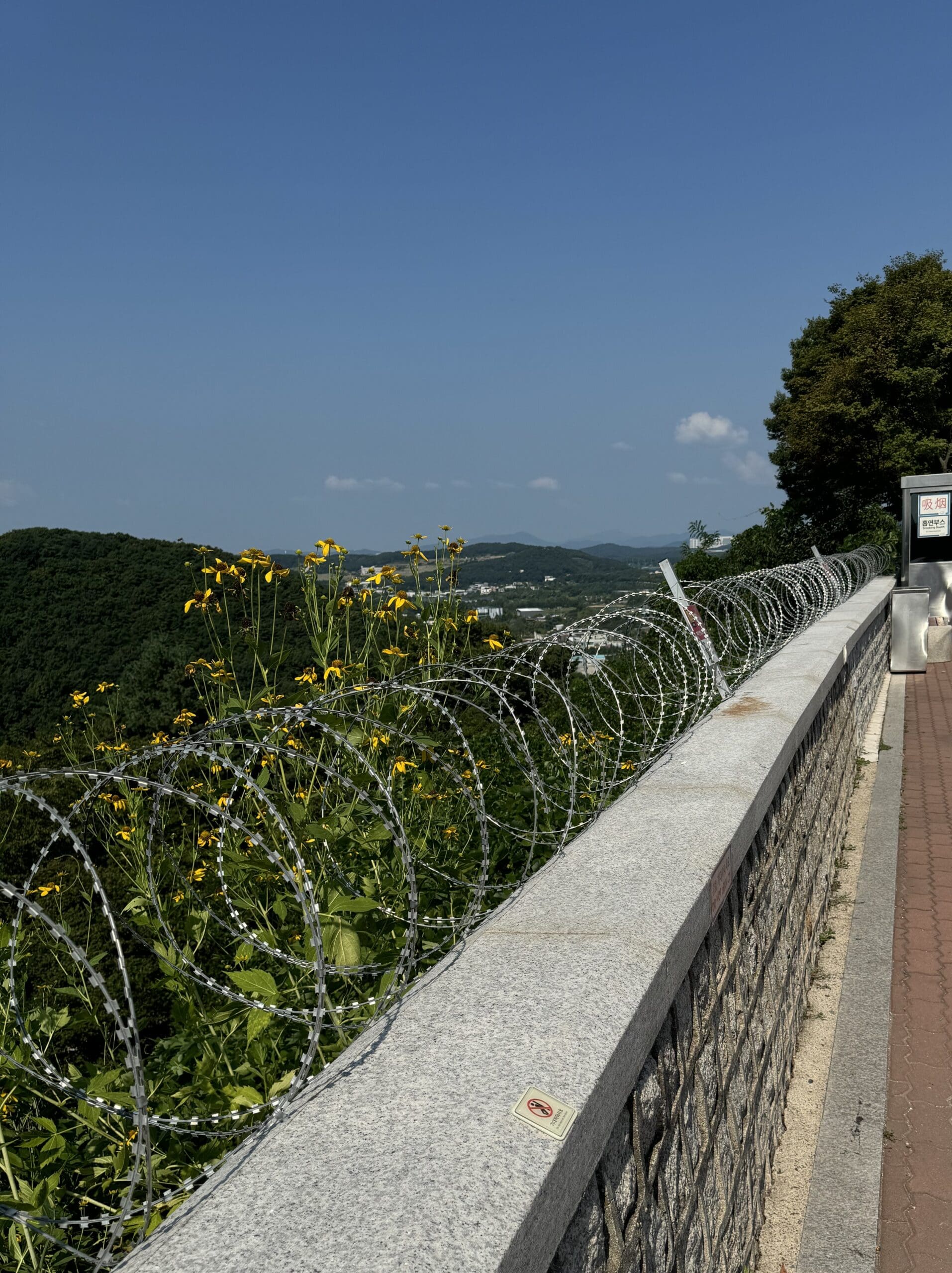
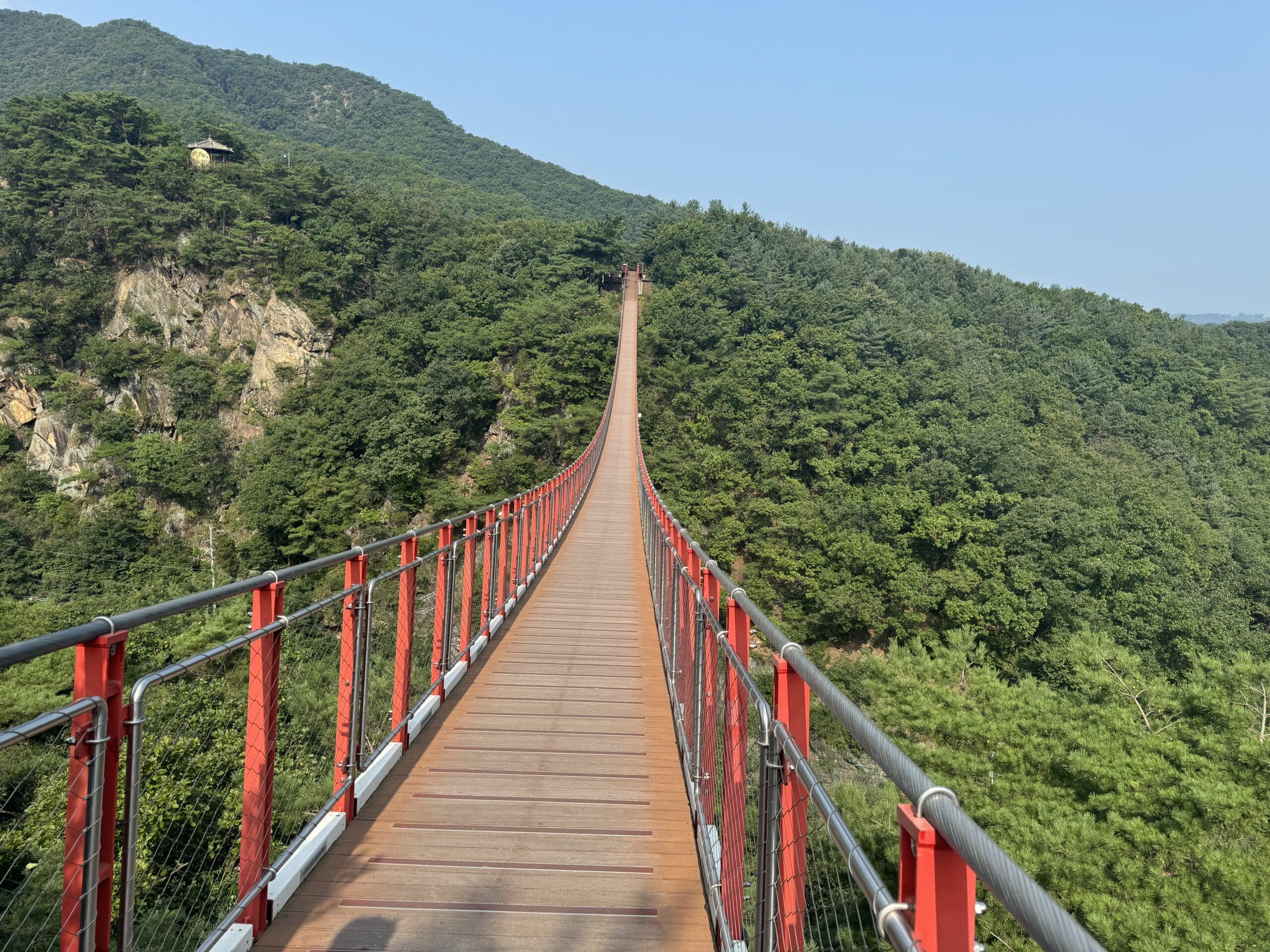
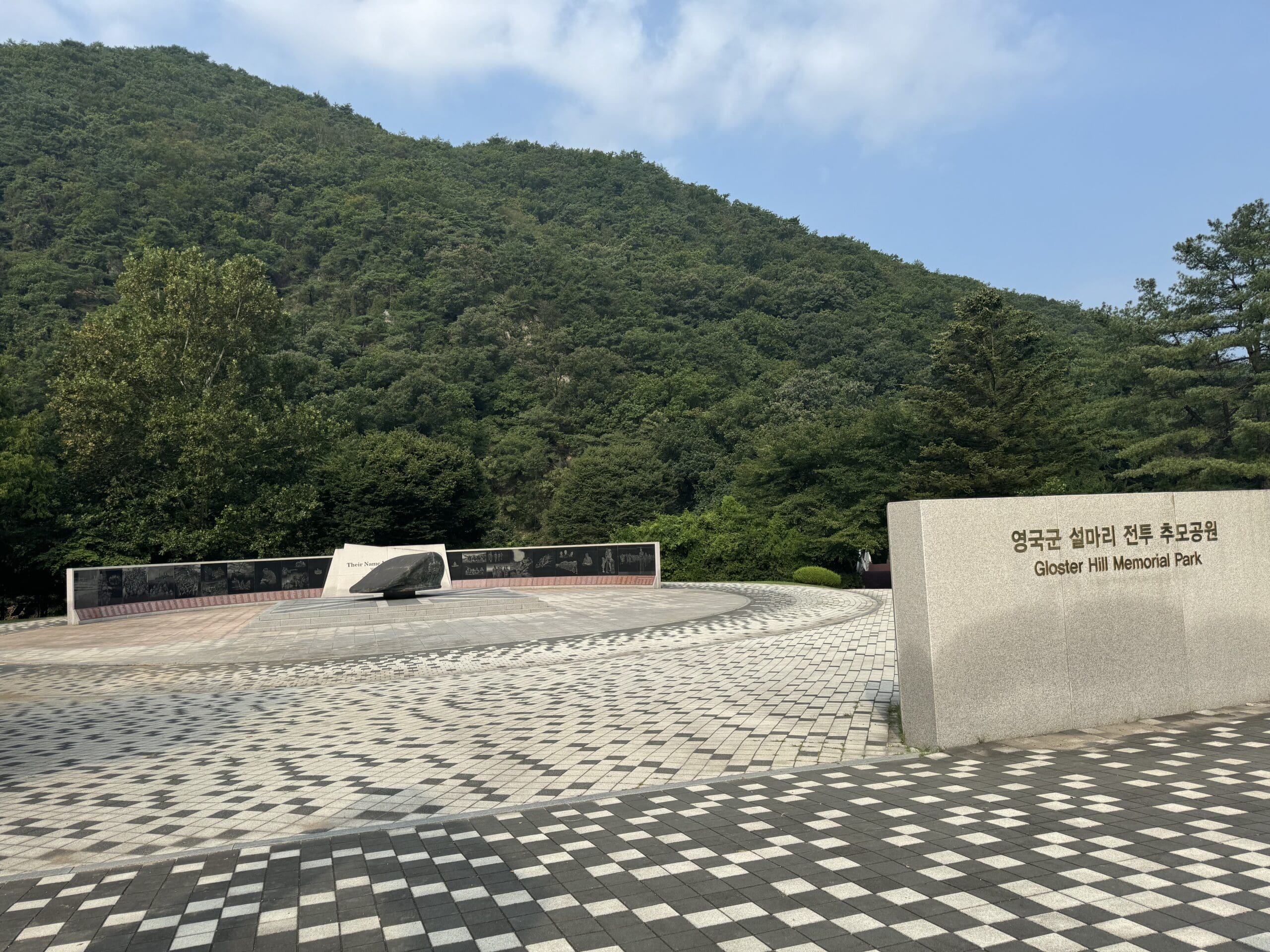
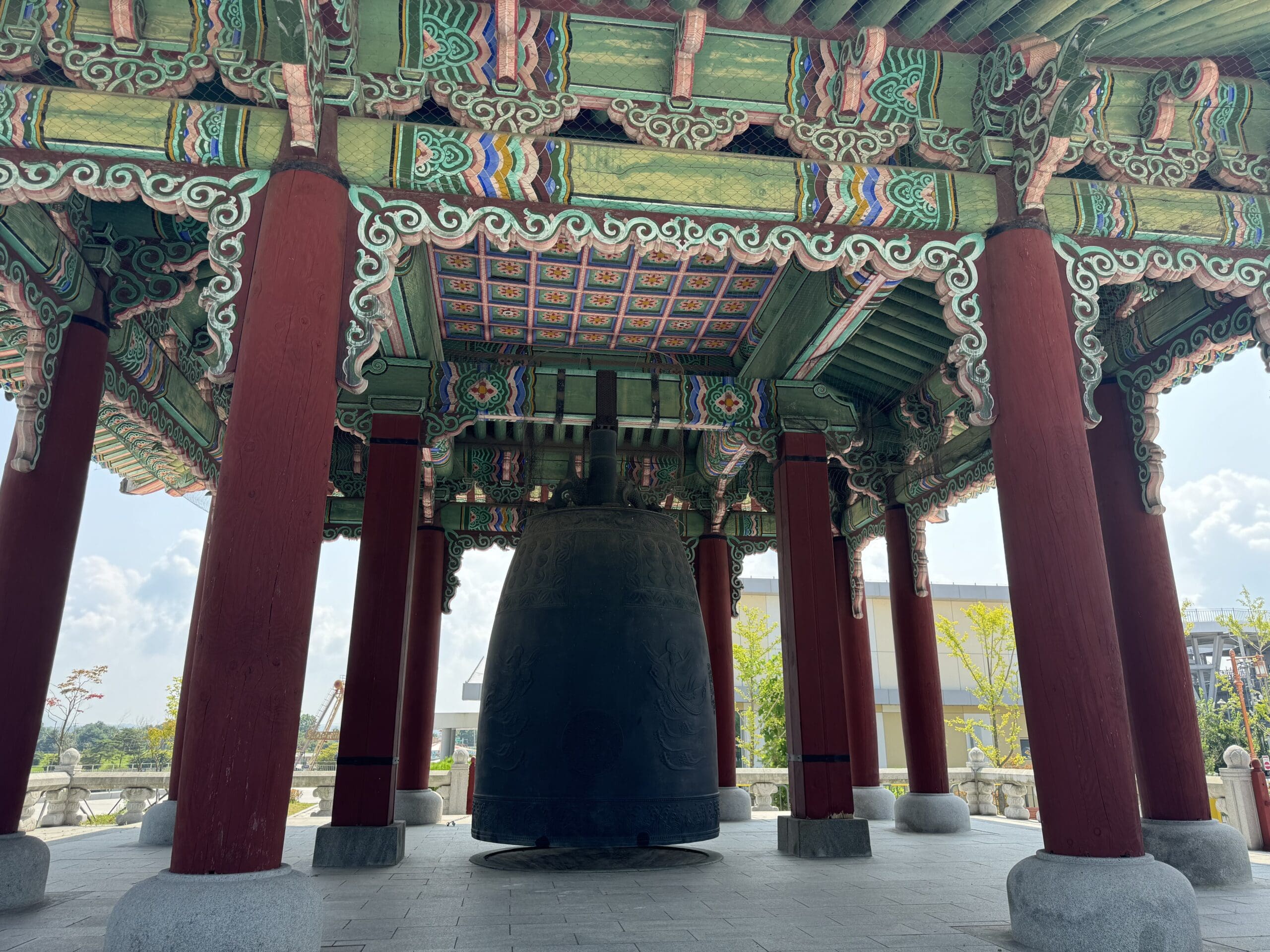
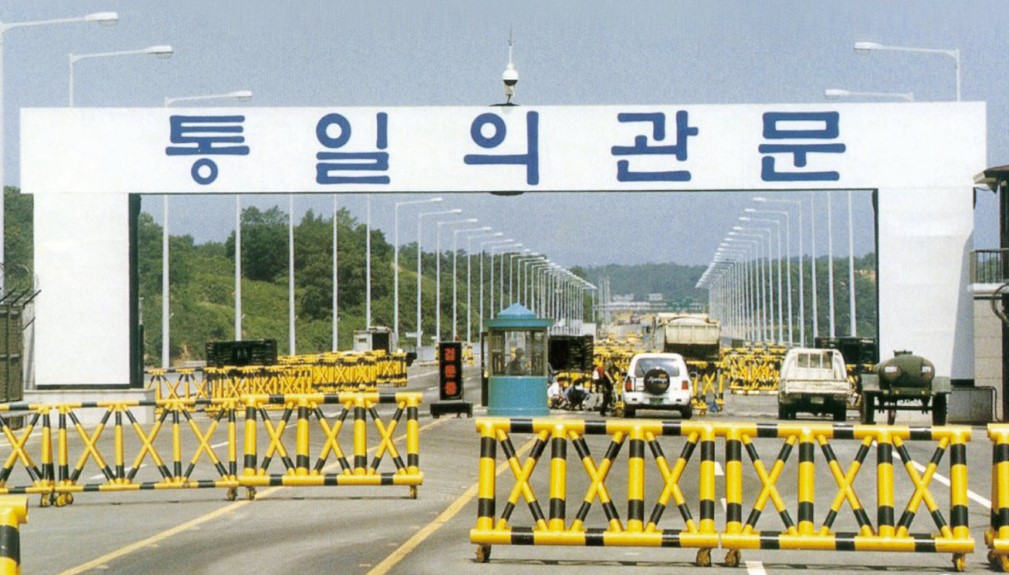
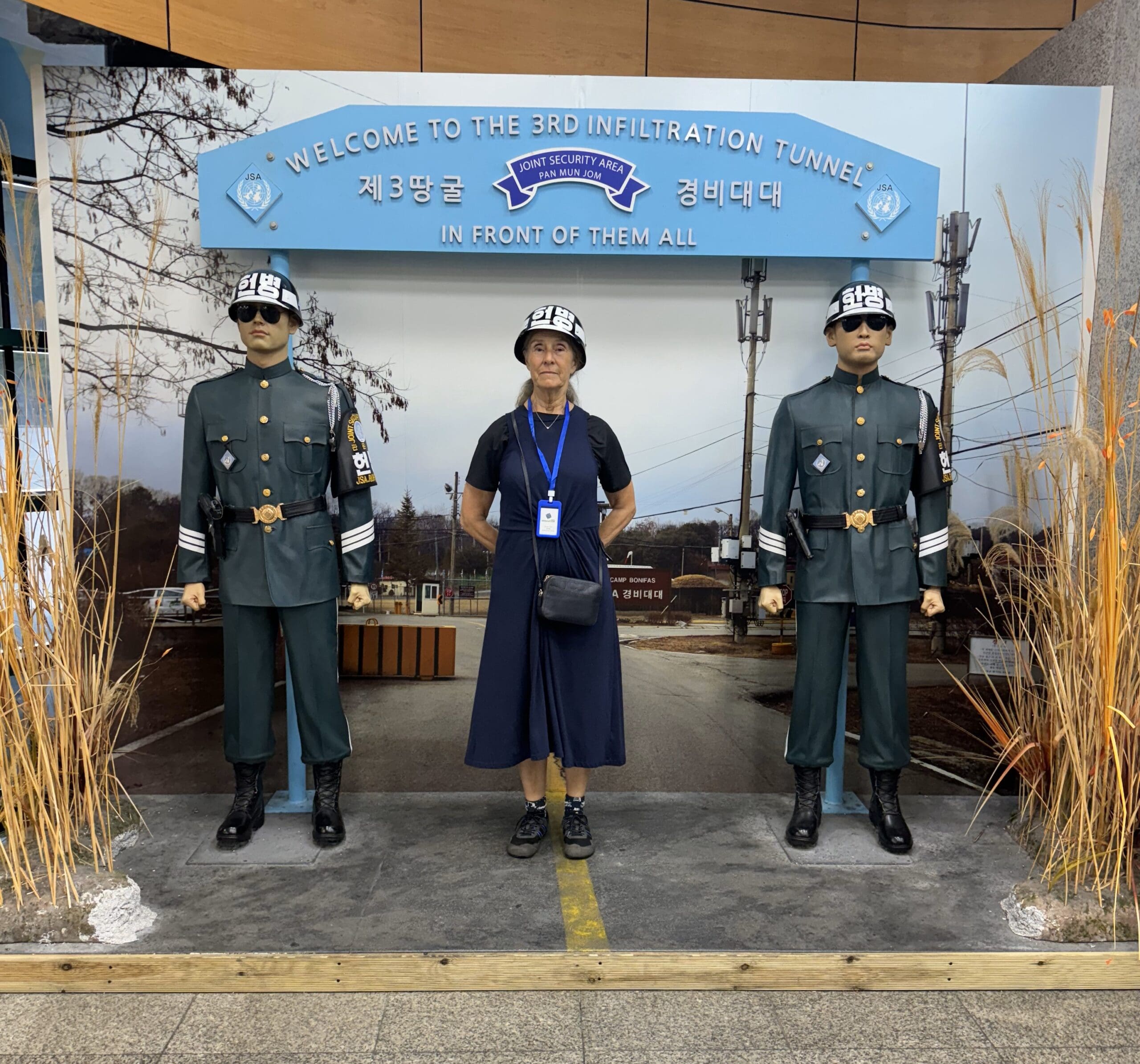
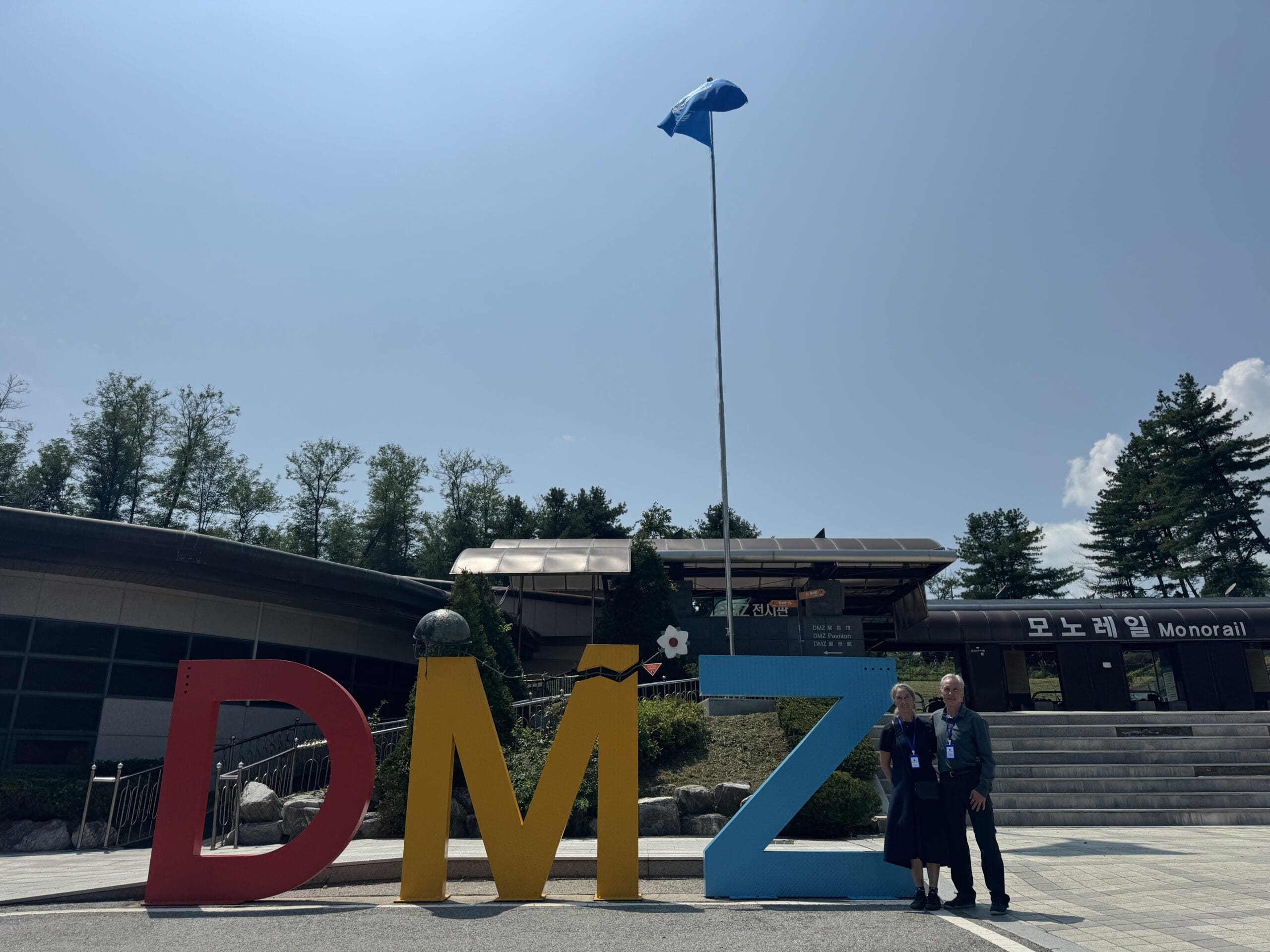
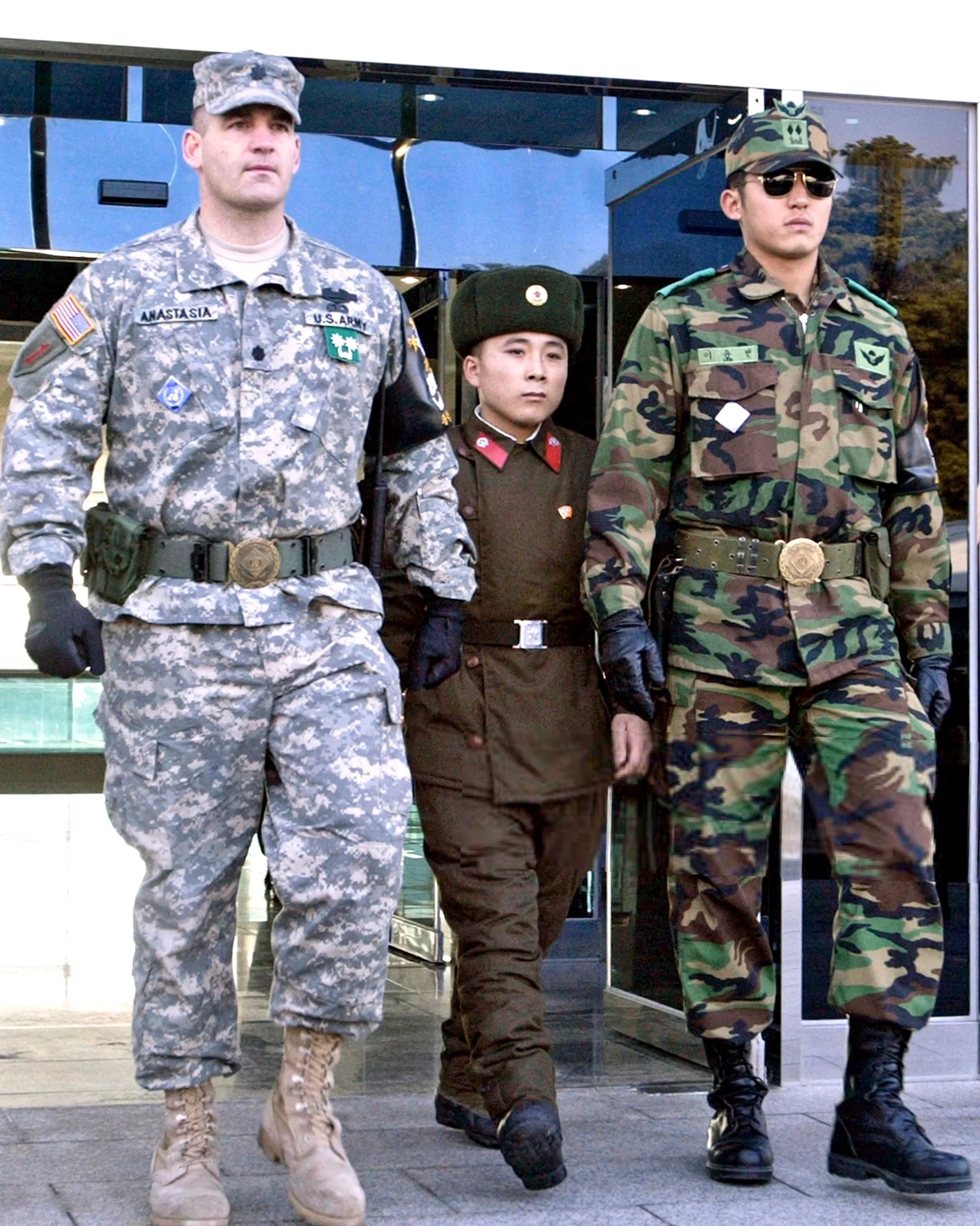
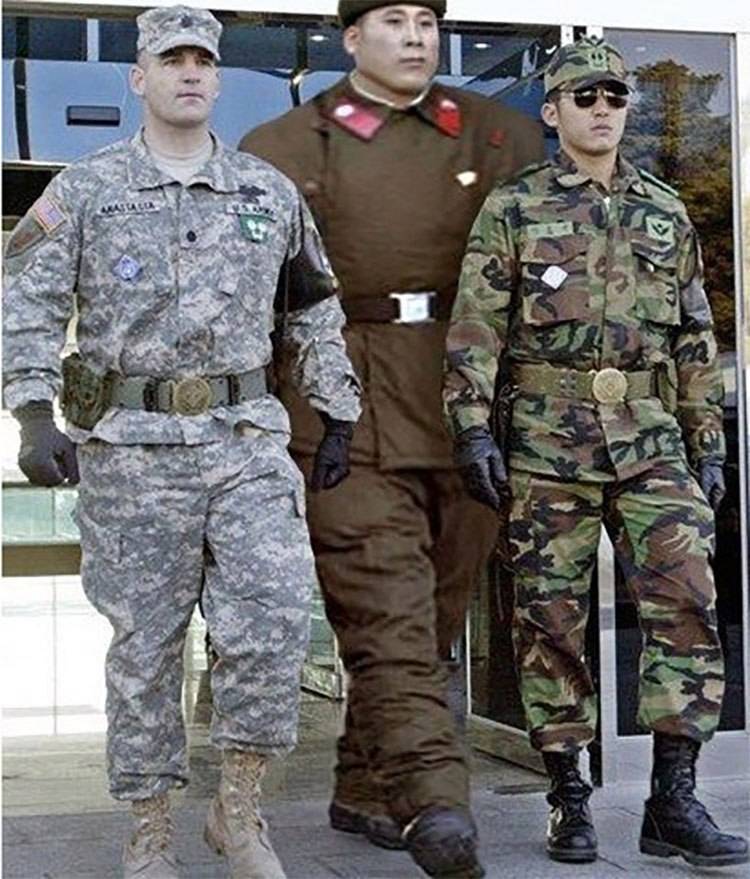

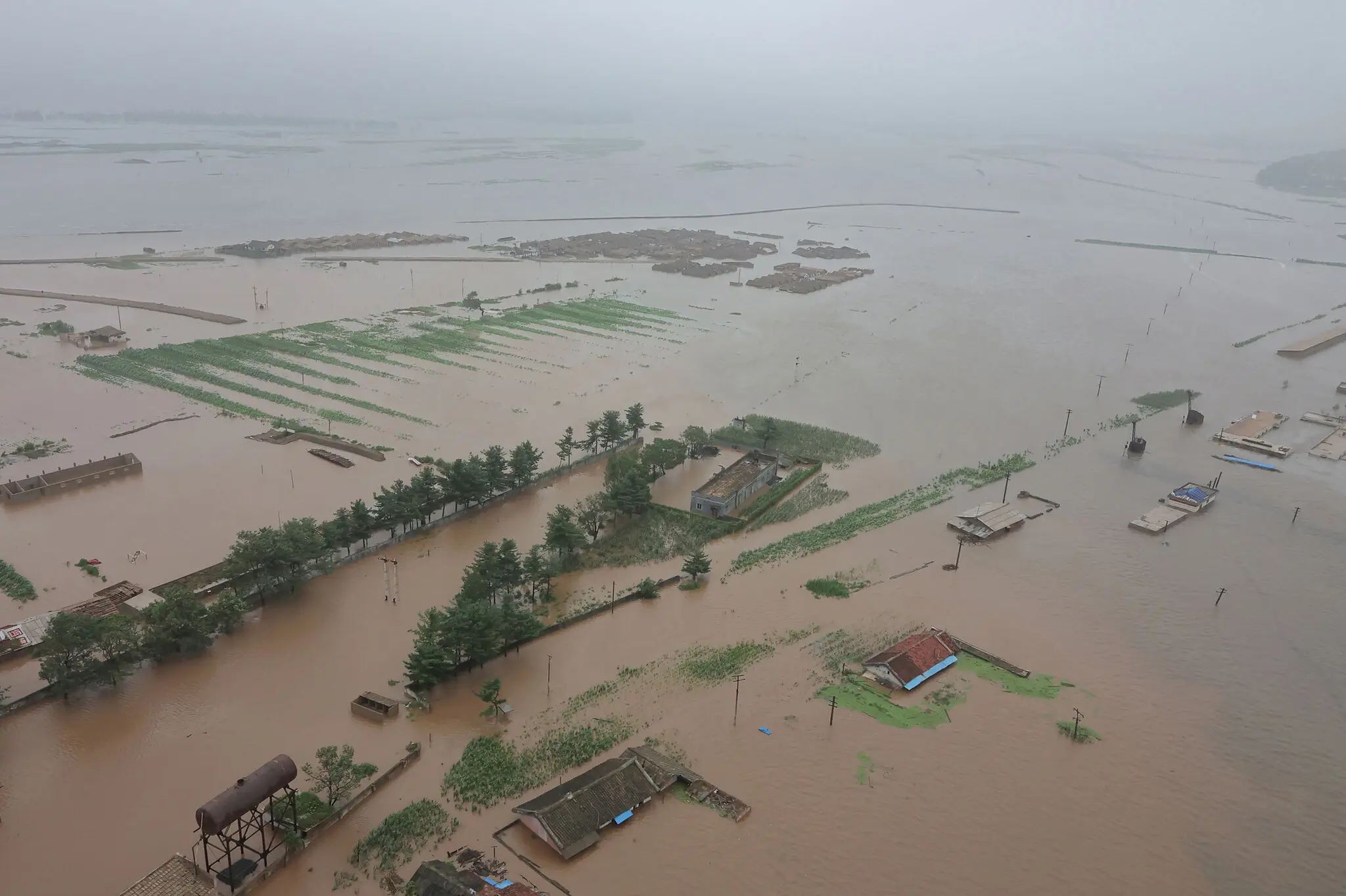
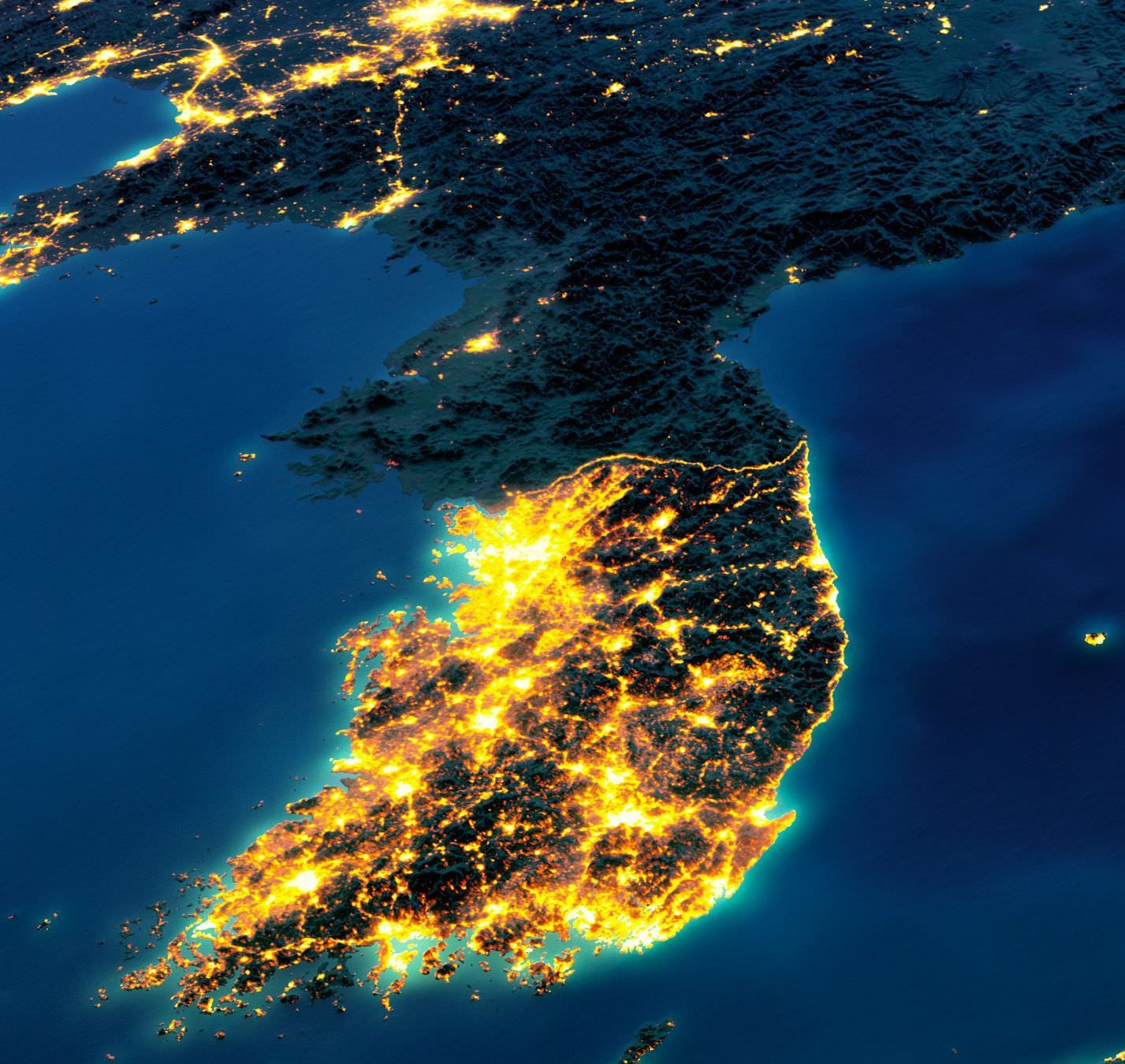
Thank you for your most informative “Tour of the DMZ”
and for providing us with the historical context that
created the division between North and South Korea.
Your story was particularly timely for me as I happen
to be reading the account of a young N. Korean defector,
Yeonmi Park, who described the brutal and inhumane
conditions she risked her life to escape from in
her book “In Order to Live.” This is not an easy read,
but you will come away with a better understanding
of the harsh deprivations that millions of North
Koreans must endure to this day!
What an incredible experience. Our family wants to visit S. Korea. Maybe we can do this tour. Thanks!
Awesome story, Sue. Thank you for the thoroughly enjoyable education. I appreciate it.
An unintended consequence of the DMZ is the wildlife corridor in this barbwired-enclosed zone.
Recommended reading: “When Spring Comes to the DMZ” by Yi, Ok-pae.
Additionally, the country has been divided since the end of World War II, in a similar manner as the division of Germany. For the North Koreans, one occupation (Japan) was replaced by another occupation (China). Recommended reading: “The Year of Impossible Goodbyes” by Choi, Sook Nyul.
What fascinating, in depth coverage of your tour. The photos display what seems like another world, so far from us. I will come back for a second read, and probably a third….Thank you Sue!